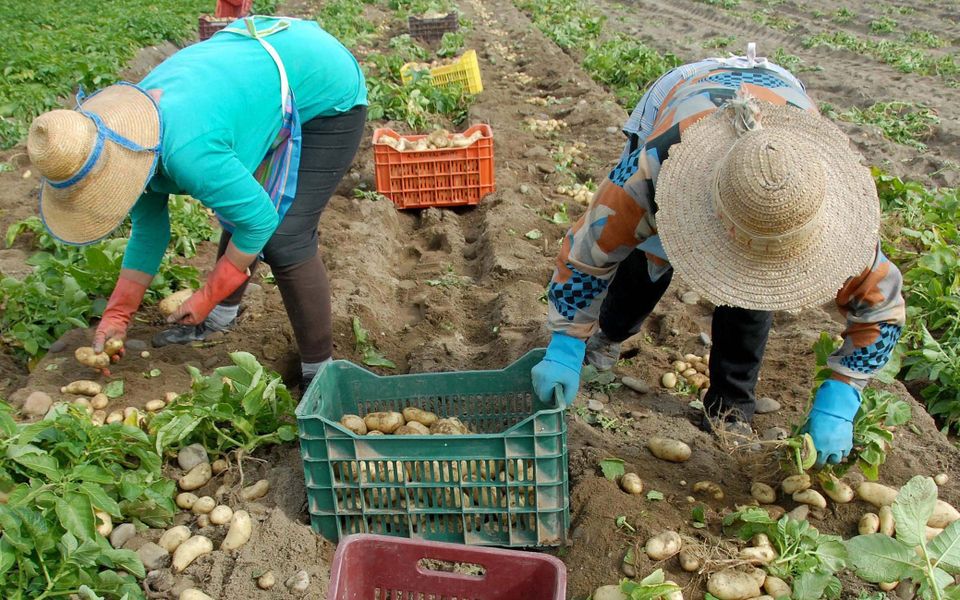Greece is moving to integrate asylum seekers directly into its labor market as the country faces mounting worker shortages in farming, tourism and construction.
Migration Minister Thanos Plevris recently presented Prime Minister Kyriakos Mitsotakis with a plan tied to a new legal migration bill. The proposal, expected before the cabinet on Tuesday, also addresses pending asylum applications and procedures for bringing in workers from abroad.
Government officials said the measure would allow refugees granted asylum to enter the workforce immediately, filling an estimated 20,000 positions annually. Over five years, the plan could generate up to 100,000 workers, though officials expect about 60,000 to stay, against a projected need of 200,000.
The scheme calls for a two-tier detention system. Migrants unlikely to receive asylum – mainly from countries such as Egypt and Pakistan – would remain in first-level centers. Those with a “refugee profile,” including from Sudan, Syria, Afghanistan and Eritrea, would be placed in second-level centers, where they would learn basic Greek and job skills. Training would be tailored to sectors with shortages, and benefits would be reduced to avoid attracting new migration.
About 15% of asylum recipients are women, who could move quickly into tourism and food service. Officials point to Sudanese migrants as particularly suited for agricultural work, citing experience in cotton, corn and wheat production.
Centers in regions with high labor demand – Thessaly, Viotia and northern Greece – will be converted into pilot second-level facilities. Plevris has also called for decentralizing structures away from Athens.
Officials argue that integrating refugees is essential to sustaining Greece’s 2% growth rate. “Without these workers,” one source said, “entire sectors will face serious problems.”
